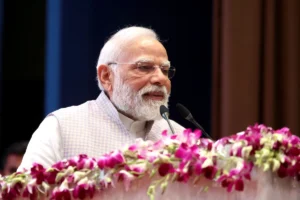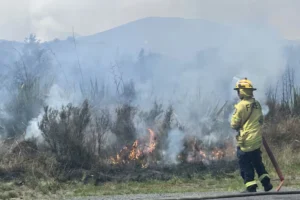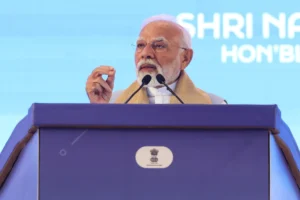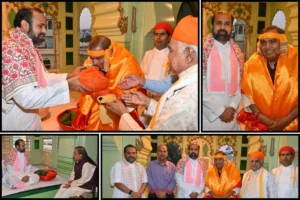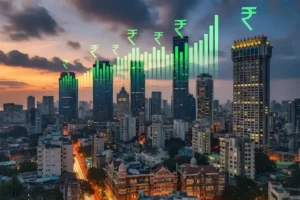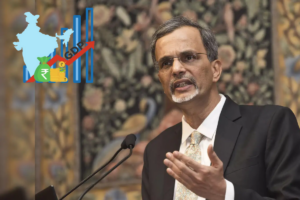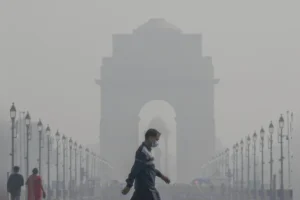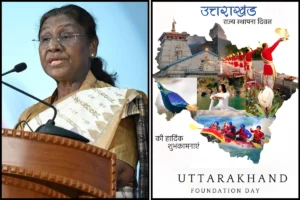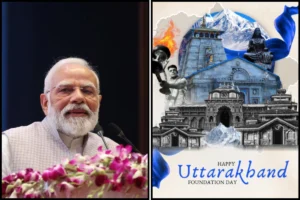
Nagaland Governor La Ganesan
Nagaland Governor La Ganesan on Sunday expressed hope that the bond of friendship between the Gorkha community of Nagaland and the Nagas would grow stronger and remain steadfast.
He said this while speaking at the reception organised by the Gorkha Public Panchayat, Kohima (GPPK) Kohima in his honour. Ganesan said he expected that the two communities would always remain good citizens and continue to contribute towards nation building.
He further mentioned that the state government, in acknowledgment of their immense contribution to the State, had declared the Gorkha community of Nagaland as indigenous non-Naga local residents.
He said that the Gorkhas of Kohima had a history of sacrifice for the nation, noting that settlers from the community in Nagaland, especially in Kohima and in Angami region, seemed to be almost two centuries old. He said their forefathers might have come after the advent of the British or they might have been brought for various purpose like recruitment as armed personnel in different forces.
Ganesan remarked that the Gorkhas being hill people might have been chosen for their suitability to the climatic condition of the region as well as for the common features they shared with the Naga people.
He observed that their food habits, traditional rituals, simplicity, bravery, modesty, honesty, trustworthiness, faithfulness and hardworking nature were almost similar to the Nagas. He mentioned that the adaptability and the determination of Gorkha people helped them become an integral part of the Naga society, towards which they had contributed immensely.
He said prior to World War-II, Kohima being the headquarters of then Naga Hills, most people from the community were engaged here. And the Gorkhas being an amenable lot with an affable nature, he pointed out that they had automatically started mingling with the natives of different neighbouring villages and khels, thus establishing a strong bond.
Ganesan mentioned that such relationships helped the Gorkhas settle down in different parts of Kohima during that period. He said when the Gorkha community grew into a sizeable number, the British government established two Gorkha villages – Chandmari and Aradhura – with the consent of the neighbouring villages and khels.
He noted that though majority of the Gorkha settlements were concentrated in these two villages, with the expansion of township and municipality, the areas converted into colonies though called by the same nomenclature.
The governor also visited Gorkha Singhadevi Mandir and offered prayers and assured that he would extend help to the community in renovating the temple. He also saw the photos displayed by the organiser. Kohima town 9-A/C legislator Dr Tseilhoutuo Rhutso, who was also present on the occasion, thanked the community for their contribution to the State Capital and urged them to put forward their problems and grievances, if any, to the governor for further discussion with the State government.
In his speech, GPPK’s former adviser Ranjit Lama highlighted the genesis of Gorkhas in Kohima.
Leaders of Tsütuonuomia council as guardians of Chandmari Nepali community were also present on the occasion. GPPK president Santu Thapa delivered the welcome address while former advisor of GPPK Ranjit Lama shared about the genesis of Gorkhas of Kohima. Gorkha Students Union vice president Jenny Lamechane Chettri chaired the programme while Vivela Club Kohima presented a patriotic song and vote of thanks delivered by GPPK general secretary Suresh Kumar Lama.
(With Input Feeds)
To read more such news, download Bharat Express news apps








